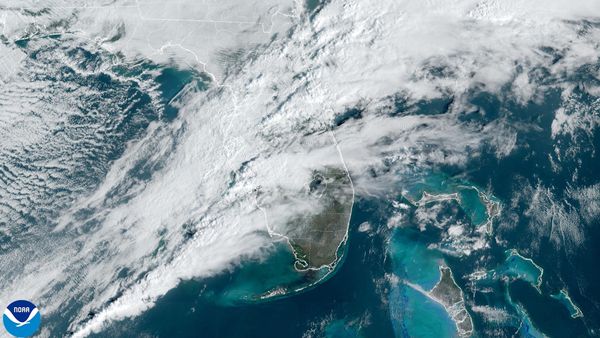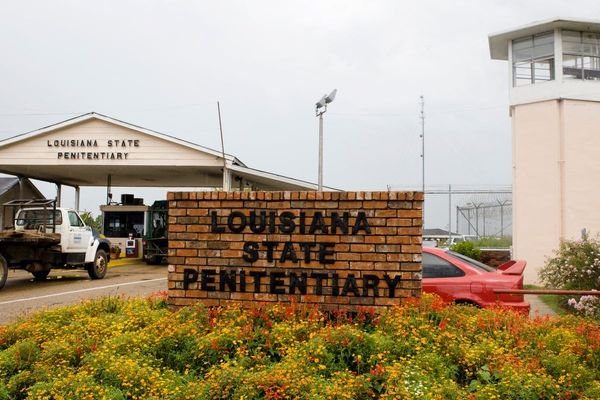Canberra's potholes have been causing so much grief for drivers in recent months that a Facebook group has been established for people to share information on where they are and how to avoid them.
The ACT government has said roads in general have deteriorated due to higher-than-average rainfall and an increase in heavy vehicles travelling through.
But today, Transport and City Services Minister Chris Steel announced the government would be doubling the funds allocated to road maintenance to try to get on top of the problem.
Climate change, heavy vehicles to blame
The funding announcement has come after months of complaints from Canberrans dealing with numerous and large potholes.
They included one in Yarralumla that residents, tired of driving around it, decorated with flowers to draw even more attention to it.
Mr Steel said this morning that the government would be investing up to $153 million over four years, in a bid to extend the life of Canberra's roads by 20 years through resealing measures.
Mr Steel said Canberra's growing population was leading to higher traffic volumes, putting a strain on infrastructure.
"The reality is with a change in climate, more extreme weather events, increased volumes in heavier vehicles, including SUVs and electric vehicles, we are going to need to step up our investment," he said.
"Without this additional investment from 2023, our roads in the ACT will start deteriorating. It is necessary to step up the level of funding that we have for road maintenance.
"Over the next 30 years, we extend the life of our roads by decades and reduce the damage that we are going to see as we see increasing weather events like La Nina."
Work to better address existing issues has already started.
"Some of our roads are already significantly damaged as a result of the weather that we are seeing so we are going to undertake more asphalt work to repair those roads and make sure they are better weatherproofed going forward and that includes some stormwater work as well," Mr Steel said.
"We know the roads that have been damaged around Canberra and we are looking specifically at those and how can build them into the program to make sure that we are not seeing the same level of damage on those roads in the future."
The answer is asphalt
Australian Road Research Board CEO Michael Caltabiano said the organisation had been working with the ACT government for 18 months on a program to improve the territory's roads.
He said the team's aim was to "fundamentally look at the role of the road system in the ACT" and how it contributed to the life of residents.
"The outcome of all that was that obviously more money was needed," Mr Caltabiano said.
He said they committed to using more asphalt across the road network, which has so far been mostly made up of bitumen, which is cheaper.
The government's planned rehabilitation work amounts to a 150 per cent increase in the use of asphalt.
"Asphalt's a much thicker surfacing," Mr Caltabiano said.
"[Whereas] bitumen seals two millimetres of bitumen with stones on top.
"Asphalt surfaces will protect the pavement longer and deliver smoother, safer road structures for Canberran residents, so it's a big step."
Mr Caltabiano said the asphalt roads would be smoother, safer and last longer and the result would be fewer potholes over time.
He said the government would likely begin these works on the ACT's main thoroughfares.







